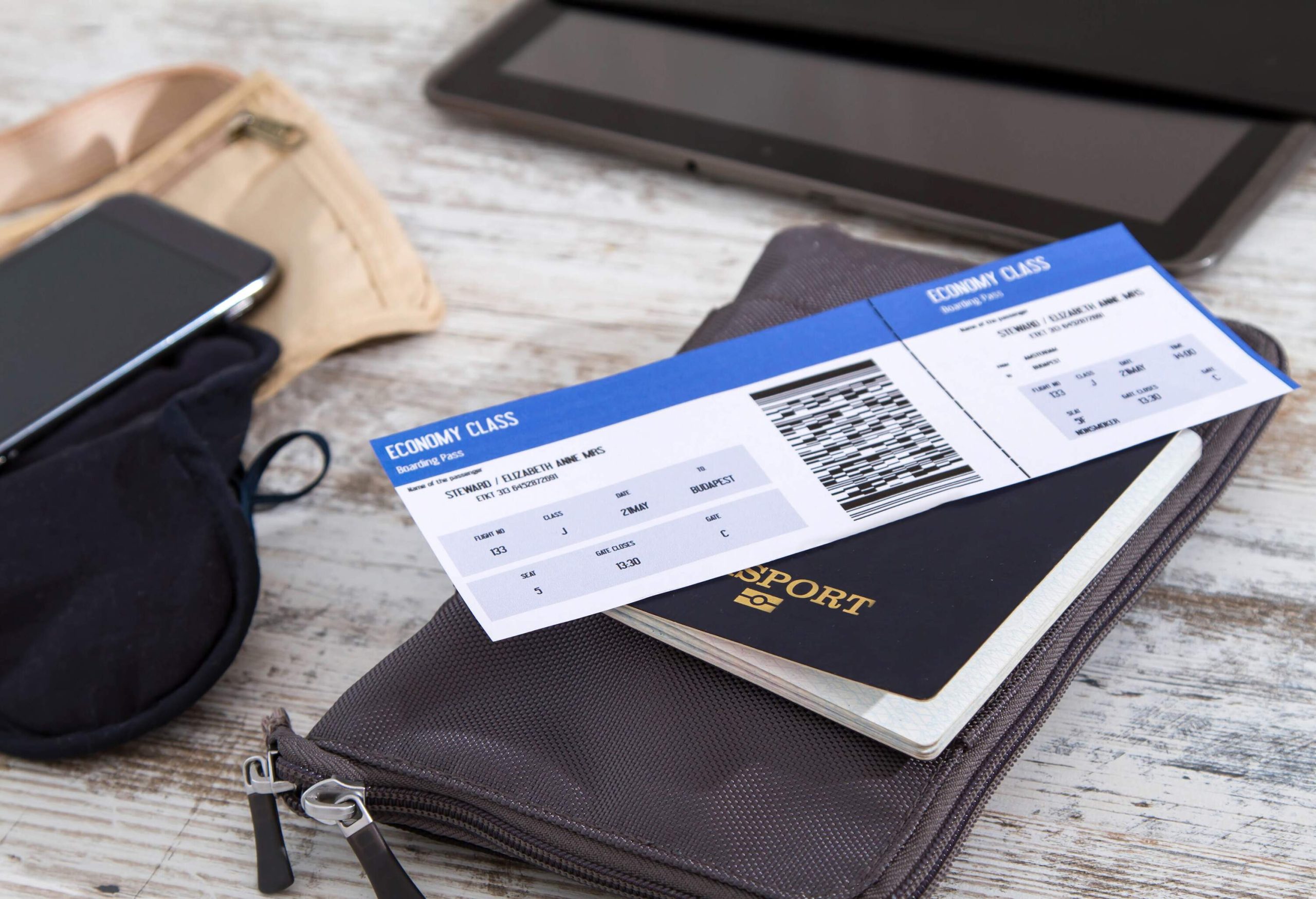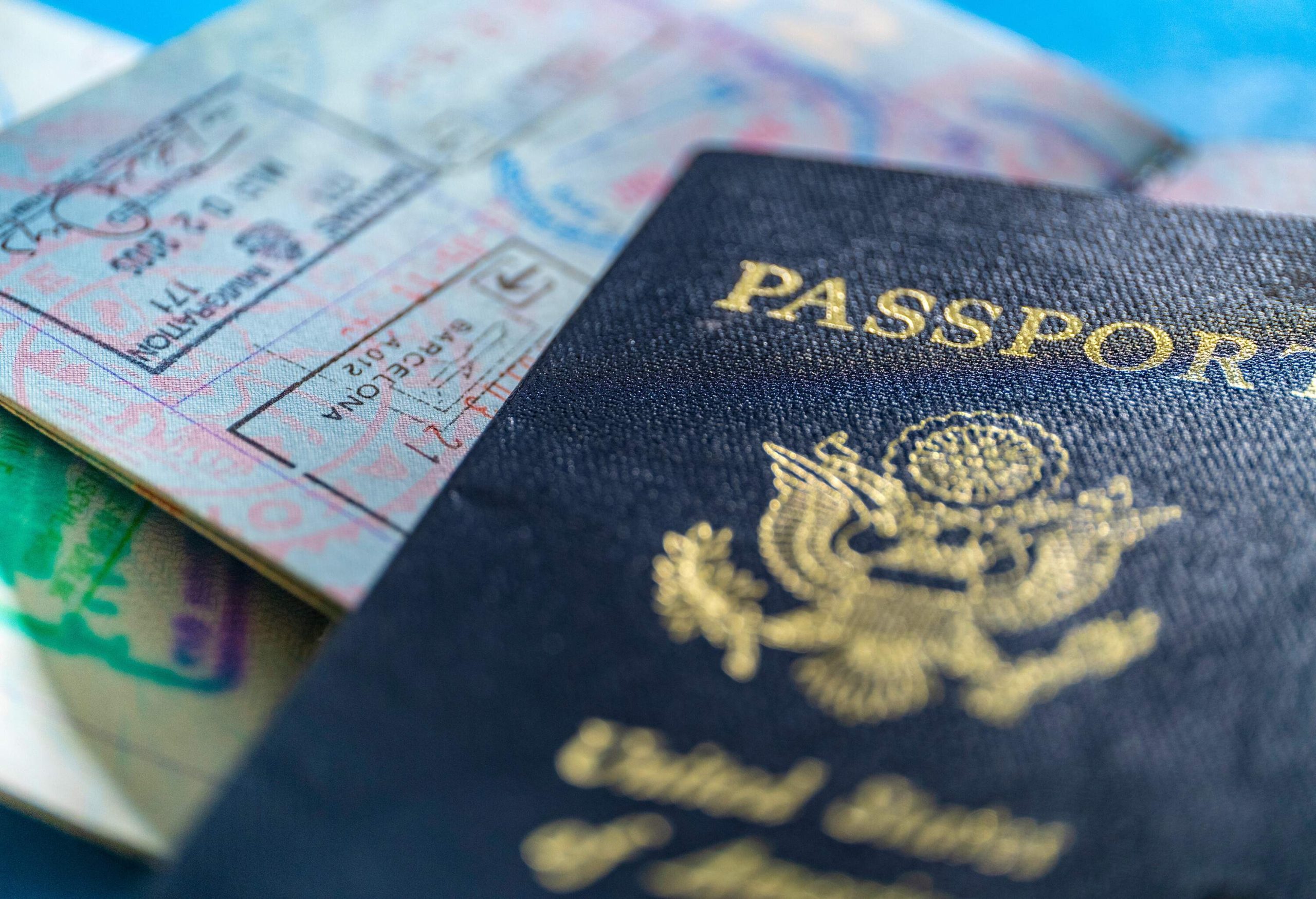You might’ve heard about REAL ID, which is a program that requires Americans to use specific types of identification enter airports, certain federal facilities and nuclear power plants. Since you’re probably curious about its travel implications, that’s what we’ll focus on here.
Beginning on May 7, 2025, all travelers flying on commercial aircraft will be required to present a REAL ID–compliant identity document. But does REAL ID replace a passport for international travel? No, it does not. Here’s everything you need to know about REAL IDs vs. passports.
What is a REAL ID?
The REAL ID Act was passed by Congress in 2005 to “set standards for the issuance of sources of identification, such as driver’s licenses.” Because many forms of ID are issued by states rather than the federal government, they’re not all on the same page regarding security. The REAL ID Act aims to bring IDs used for high-security situations up to the same level on a national scale.
Why do you need a REAL ID?
Is the application for a REAL ID easier than for a passport?
There is no standard application for REAL IDs. It varies per state. Generally speaking, it’s fairly easy to get a REAL ID, and it usually will take less time to process than a passport. Most states’ processes include bringing various documents to the Department of Motor Vehicles (DMV) that prove your identity and residency in the state, then you will receive your ID in the mail. But if you are looking to get a REAL ID driver’s license, and you do not already have a driver’s license, that will take far more effort, as you will have to take a permit test and practice driving with a learner permit first. Passport applications require filing out paperwork, showing documents and going to a passport acceptance facility in-person.
REAL ID versus passport: Which one do you need for domestic travel?

Does the REAL ID replace the passport for international travel?
No, you will not be able to use a REAL ID to travel internationally. You must have a passport or a passport card (depending on your destination) to travel internationally.
The passport is the ultimate form of ID for travel. It’s required for international flights, but it’s also accepted as a REAL ID alternative for domestic flights. That said, it’s not a bad idea to get a REAL ID, so you don’t need to use your passport for domestic travel. Instead, you can keep it safe at home.
Conclusion
REAL IDs will not be accepted for international travel, but they will be required for domestic air travel beginning May 7, 2025. A passport will be accepted as an alternative to a REAL ID, and it can be used for international travel.
REAL ID versus passport: Frequent questions
No, you cannot.
No, you cannot.
You can until May 7, 2025. Starting that day, you will need a REAL ID or a REAL ID alternative (like a passport) to fly in the US.
Yes, you can. Passports are accepted as an alternative to REAL IDs.
The foregoing article was last updated on the 27th of November 2023. It does not contain legal advice and is for informational purposes only. KAYAK does not guarantee, and accepts no legal liability arising from or connected to, the accuracy, reliability, currency or completeness of any of the information contained in this article and/or any of the content linked to within it. Always check the official government website of your departure and arrival destinations prior to travel for up-to-date information.
Sources:
https://www.tsa.gov/travel/security-screening/identification
https://dmv.ny.gov/id-card/get-non-driver-id-card-ndid
https://dmv.ny.gov/driver-license/get-your-learner-permit-and-first-driver-license
https://www.dhs.gov/real-id
https://www.dhs.gov/real-id/real-id-faqs
https://travel.state.gov/content/dam/passports/forms-fees/Real%20ID%20Infographic_2022%20Update.pdf










